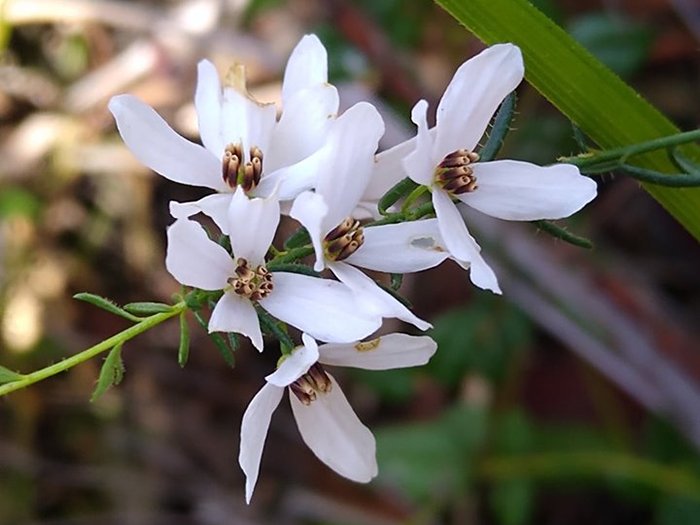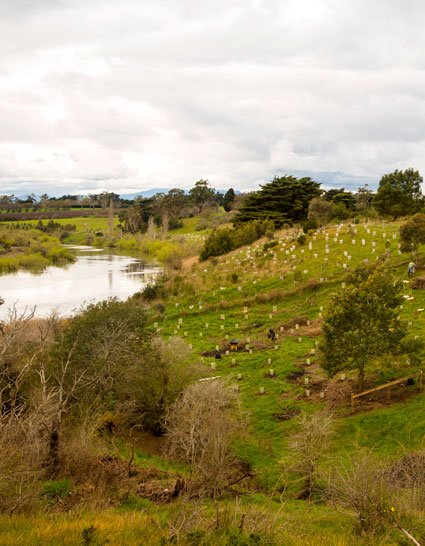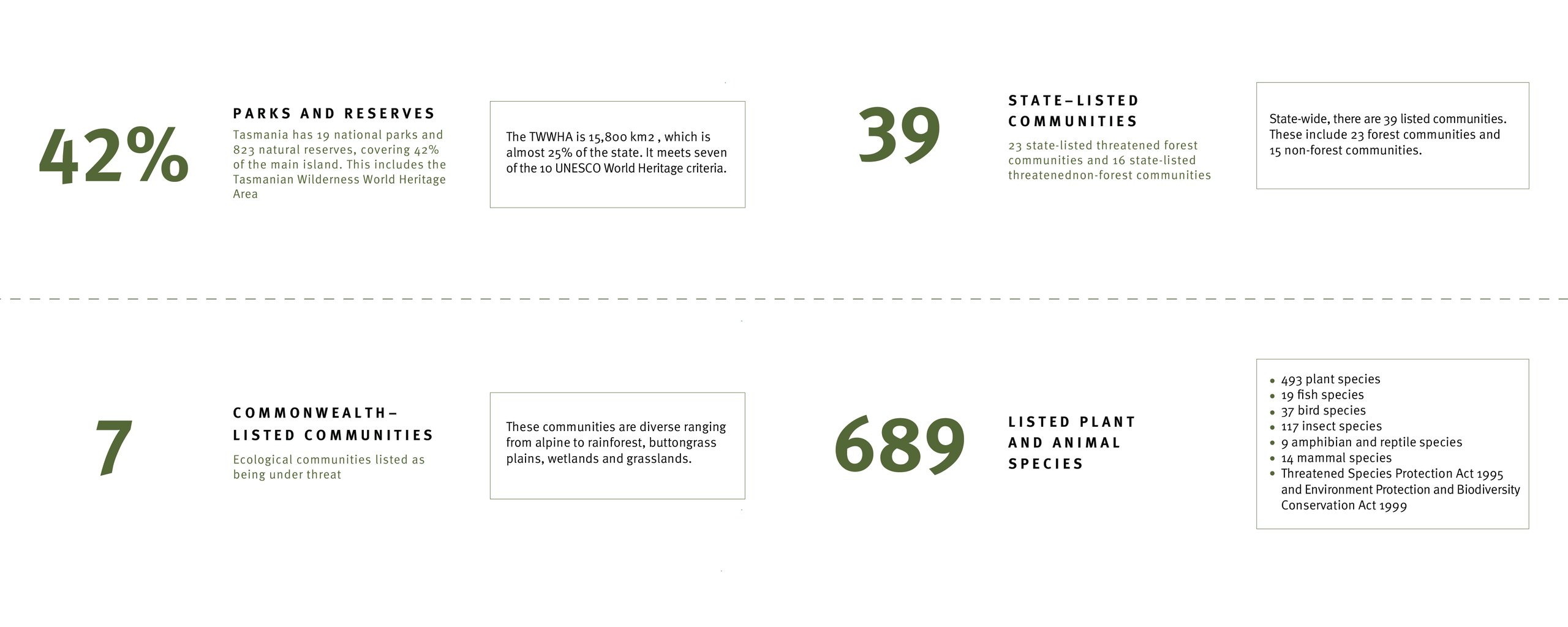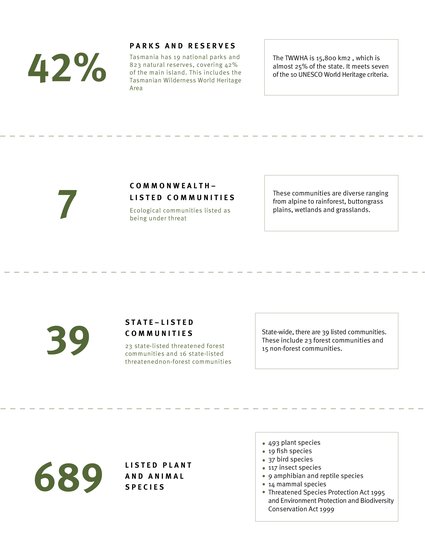Biodiversity Program
The aim of the Biodiversity Program is to maintain and enhance landscape function for biodiversity, with a focus on protecting habitat for Environment Protection and Biodiversity Conservation (EPBC) species and communities and Ramsar wetland values in northern Tasmania.
Background
Background
The NRM North region comprises approximately 60 per cent natural landscapes which support native species, communities and ecosystems that have experienced minimal human impacts. These biodiversity-rich natural landscapes are highly valued by the community for their intrinsic value and the way that they characterise Tasmania and the sense of place for our communities. They also underpin much of our economy and are of high value to Tasmania’s growing tourism industry.
The biodiversity values within our natural landscapes are under increasing threat from habitat loss and modification from changing land use and development pressures, weeds, pests and diseases, climate change, and natural disasters such as floods, drought and fire. There is an opportunity to work with both public and private land managers to implement on-ground action and to support policy and planning initiatives to buffer the impacts of these threats and pressures on our biodiversity.

On-ground revegetation activities are included in many of our biodiversity projects
Biodiversity in Tasmania
- - - - - - - - - - - - - - - - - - -

Shy Susan (Tetratheca gunnii) is critically endangered and only occurs in isolated patches near Beaconsfield.
Strategic Focus
Strategic Focus
The Biodiversity Program aims to protect and enhance native habitat and landscape function, with a focus on high value natural assets including threatened species and ecological communities, endemic species and Ramsar wetland sites. The priority natural assets and associated actions have been selected based on NRM North’s capacity to achieve long-term positive outcomes by increasing community awareness and involvement and working with a range of partners across land tenures.
The target biodiversity assets NRM North will focus on between 2015-2025 include:
- Tasmanian endemic species such as Shy Susan, Davies Wax Flower and the Golfer’s Leek Orchid;
- nationally listed species and communities including coastal temperate saltmarsh, spotted tailed quoll, hooded plover, giant freshwater crayfish and eastern barred bandicoot; and
- Ramsar sites including Little Waterhouse Lake, Flood Plain Lower Ringarooma River, and Logan Lagoon.
You can learn more about the Biodiversity Program in the NRM North Strategic Plan 2019-2023.
Biodiversity assets
- - - - - - - - - - - - - - - - - - -
Biodiversity Program
Improving Midlands biodiversity: stewardship and restoration
2024 - 2028
Giant freshwater crayfish: enhancing habitat conservation
2024 - 2028
Protecting the ‘hood: habitat conservation and beach-user awareness in north-eastern Tasmania
2025 - 2026
Tasmanian Cat Management
Complete
Giant freshwater crayfish
Complete
Eastern barred bandicoot
Complete
Hooded plover
Complete
Saving Shy Susan
Complete
Ringarooma Ramsar
Complete





